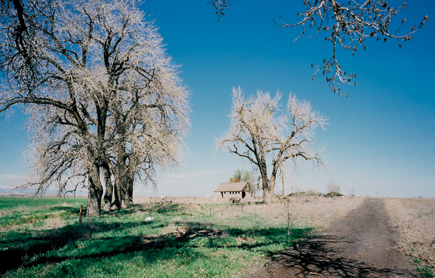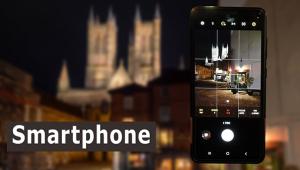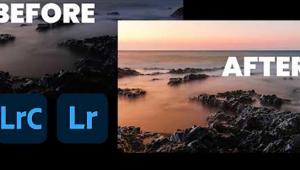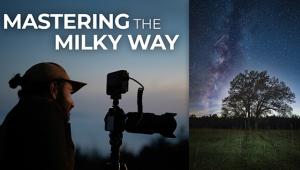This is one of my fav camera.The pictures clicked by this camera has been uploaded in instagram and they have been gaining many likes.Those who wants to be more successful in instagram then they can buy 20 instagram likes and become popular overnite.
The Zeiss Ikon SW Camera; 35mm Precision In The Digital Age Page 2
 |
|
|
An accessory shoe atop the camera and directly above the lens accepts a viewfinder
matching the lens' focal length. As an aid in composing your shot, these
viewfinders show the area that surrounds the image. These viewfinders are precision
optical devices so expect to pay $500. By comparison, Voigtländer finders
for similar focal length lenses run between $128 and $289. A second (hot) shoe
is built to take a flash, a bubble level, or other accessory. If you're
serious about photographing architecture and plan to use the SW on a tripod,
you'll want a level such as Adorama's Single Bubble Level ($18.95)
to slip onto that
second shoe.
Once when shooting with the Distagon T* 15mm f/2.8 ZM lens I switched to the
Biogon T* 21mm f/2.8 ZM and forgot to change the finder. That will give you
some surprises when you get the film back, and not in a good way. So be aware
that while the SW is an interchangeable lens camera, there is no viewfinder
so you have to change the finder to match the lens!
The Distagon T* 15mm f/2.8 ZM lens is a big puppy and unlike the other ZM lenses
I used, caused some blockage in the finder window so you can't see 100
percent of the area covered by the shot, but you should be able to figure it
out. The Zeiss Ikon SW has no rangefinder window to help you focus the Zeiss
optics that are available for the camera. But, Mr. Bill, I can hear you saying,
how will I ever focus? My favorite method for focusing is to set the lens at
its hyperfocal distance. (See "Hyperfocal Distance" sidebar below.)
I divided my shooting time between hand holding and tripod-mounted exposures.
While the SW's light weight and ergonomics are superb, the optional Side
Grip makes holding the SW camera easier and offers a standard 1/4" tripod
mount exactly under the optical axis.
The Side Grip is made of durable synthetic material and only weighs 1.4 oz.
Get one when you order the camera.
 |
|
|
Shooting in Automatic mode and working under low light with film such as Fujifilm's
ISO 800 color negative resulted in slightly underexposed negatives. How much?
Based on the histogram of the scanned negative, I'd estimate about one
stop. If you plan to shoot in Automatic mode under these kinds of lighting conditions,
I'd suggest you divide the ISO by two and dial that up on the SW's
film speed setting. Shooting outdoors in Automatic mode was slightly different
but seemed biased for transparency film, so you might want to use the SW's
Exposure Compensation mode that offers +/- two stops in 1/3 stop increments.
You do this by rotating the A on the shutter speed dial next to the desired
adjustment. If you decide to go old school and use a handheld meter, an incident
reading at the correct ISO speed produced predictable and accurate results.
Is the Zeiss Ikon SW camera old-fashioned? Yes. But this kind of breathtaking
build quality, whether it's the ultimate road car such as the Bugatti
Veyron or a 35mm camera like the Zeiss Ikon SW, never goes out of style.
 |
|
|
Hyperfocal Distance (Sidebar)
The hyperfocal distance is a specific point of focus where any object that is
between the distance from that point and infinity is in focus. Here's
how to do it: After you select an aperture on the lens, rotate the focusing
ring setting so that aperture appears opposite the infinity mark. With some
of the Zeiss wide angles producing depth of field from a few inches to infinity
you effectively turn the camera into a high-quality point-and-shoot camera,
making it possible to make grab shots like the one I made of the mailboxes.
 |
|
|
Zeiss Biogon T* 21mm f/2.8 ZM Lens Specs At A Glance
Focal Length: 21mm
Aperture Range: f/2.8-22
Focusing Range: 1'-7.7"
Weight: 10.6 oz
Length: 2.52"
Price: $1307 (silver or black)
Zeiss Ikon SW (Body) Specs At A Glance
Camera: 35mm camera with focal plane shutter and TTL light
metering
Exposure Metering: TTL center-weighted metering at working
aperture
Film Speed Range: ISO 25-3200 manually set in 1/3 f/stop increments
Exposure Modes: AE with Aperture Priority or Manual; AE lock
option for a single exposure or for a sequence of exposures; exposure compensation
+/- two stops in 1/3 stops set at shutter speed dial
Range In Automatic Mode: 8 seconds to 1/2000 sec
Range In Manual Mode: 1 second to 1/2000 sec in one-stop increments;
Bulb
Flash Synch: Synchronization at 1/125 sec and longer shutter
speeds
Batteries: One CR 1¼3 lithium or two 1.5v cells type
LR44 or SR44
Size: 5.4x2.9x1.3"
Weight: 13.9 oz
Price: $999 (silver or black)
For more information, contact Carl Zeiss MicroImaging, Inc., Photo Division,
One Zeiss Dr., Thornwood, NY 10594; (800) 543-1033; www.zeiss.com/photo.
- Log in or register to post comments


Now i have a reason to go traditional. Gonna grab my zeiss ikon superwide camera now.

































